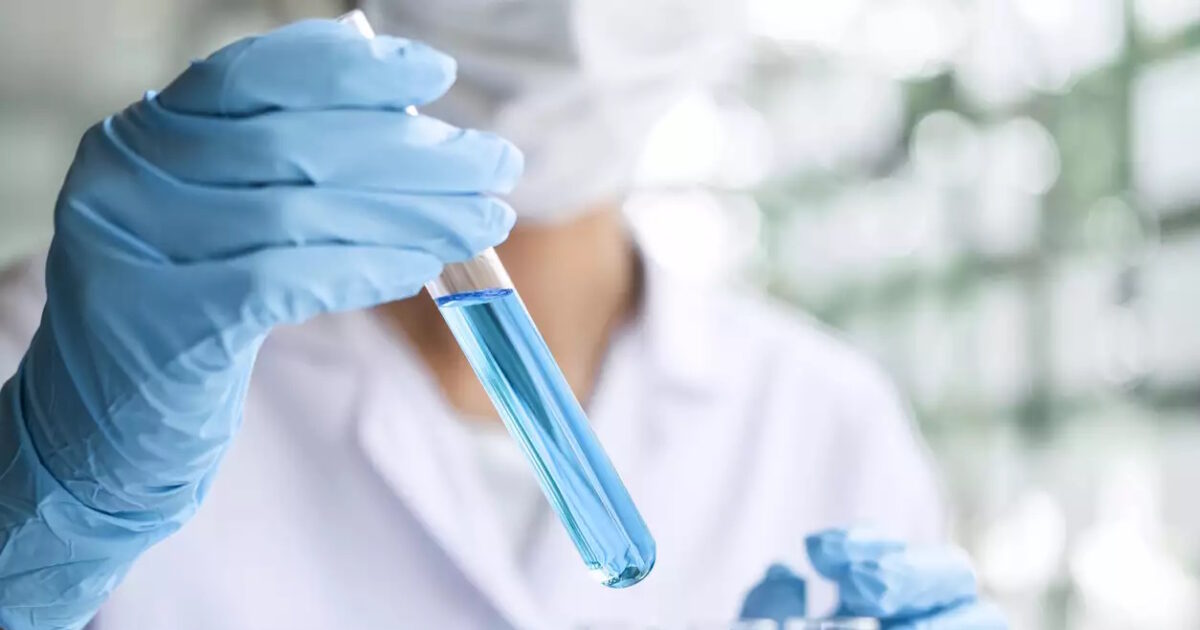An innovative method of visualizing, diagnosing and treating cancer have developed in the context of a study investigating a non -invasive method of monitoring immune system cells in real -time using ultrasound, group researcher of Georgia Tech and Emory Universities in USA led by Associate Professor Costas Arvanitis.
In particular, and as the researchers say in their announcement, they have developed a technique for highlighting macrophage cells with FDA -approved (US Food and Food Control Agency) microfinals made of lipid shell.
Once these cells are highlighted, they can be deeply illustrated in the tissues using specialized ultrasound imaging techniques.
This allows researchers to monitor how these cells move within the body and accumulate in tumors without endangering their viability or function.
They also point out that, unlike traditional imaging methods, this ultrasound -based approach combines high levels of sensitivity (ie, approaches the theoretical limit of a cell), analysis, depth of penetration and safety.
It is also compatible with ultrasound portable devices that create new capabilities of macrophage circulation in compact tumors for long periods.
“The findings of this study could be a major development in the diagnosis, prognosis and treatment of cancer,” Mr Arvanitis said, stressing that “by allowing high resolution of real -time macrophages, this technology offers a new, powerful tool for a new, powerful tool for a new, powerful tool. cancer and response to treatment. “
In addition, as they note, the possibility of placing microbids inside the immunocytes can overcome the existing difficulties of the contrasts, such as their short circulation time and the inability to penetrate the blood vessels and reach the patients.
“The concept of injectable diagnosis by using cells of the immune system is intense contrast to current, passive, diagnostic methods that are based on the administration of small molecules that do not have the ability to overcome biological obstacles and penetrate the tissues with the same ease.”
Concluding the team of researchers states the following:
“This study also opens the doors for clinical applications in treatment. For example, this method can lead to depicting, within tumors, the accumulation of cell therapies e.g. Through the antigen of the antigen of chiman macrophages to optimize their therapeutic activity. There are also many promising opportunities to provide drugs, where macrophages could carry the drugs to the tumors and release them immediately and targeted through ultrasound.
At the same time, this technique can help evaluate the aggression of tumor, detect micro -settings and support new microsurgical interventions.
As this research moves closer to clinical applications, it is a very promising step forward to combat not only cancer but also other diseases, such as atherosclerosis. “
